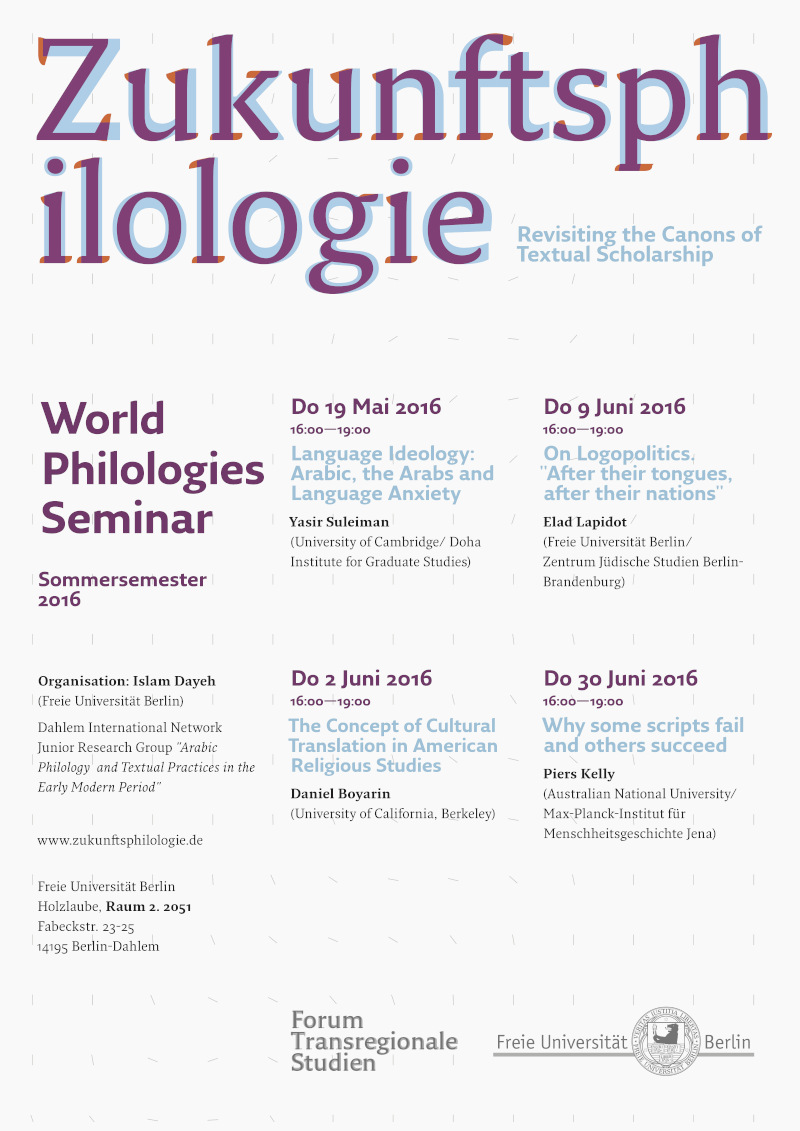In the history of humanity, few technologies have been as transformative as writing. The apparently straightforward idea of representing language by means of graphic symbols is responsible for accelerating the global spread of ideas, for regulating and extending complex societies and for permitting the storage (and transmission) of precise information over millennia. But surprisingly enough, writing was invented only recently and in only two locations: first in the Middle East in ca. 3600 BCE and later in Central America in ca. 1250 BCE. Almost all the writing systems that we use today are historical adaptations of these early scripts. Some, however, are products of ‘stimulus diffusion’ whereby the idea of writing was appropriated from a literate to a non-literate community but without knowledge of the underlying mechanism to reproduce it. In this paper I present a number of such cases of invention-by-inspiration that emerged during the colonial expansions of the 19th and 20th centuries: a period in which ethnolinguistic minorities were entering into sustained contact with literate empires. By evaluating the relative success or failure of these unique postcolonial scripts, and the contexts of their creation, I hope to address – in a modest way – the question of why writing has always proved so difficult to invent, transmit and sustain.
Why Some Scripts Fail and Others Succeed
Piers Kelly (Australian National University/Max-Planck-Institut für Menschheitsgeschichte Jena), Chair: Islam Dayeh (Freie Universität Berlin)
Freie Universität Berlin, Holzlaube, Raum 2.2015, Fabeckstr. 23-25, 14195 Berlin

Piers Kelly is a linguistic anthropologist based at the Max Planck Institute for the Science of Human History in Jena. His research with The Mint (‘Minds and Traditions’) research group is concerned with the evolution of graphic codes and the rise of writing. His previous work has centred on the manuscripts of the Eskaya community, a crypto-indigenous movement of the southern Philippines that recuperated a utopian language and script in the 1920s.

